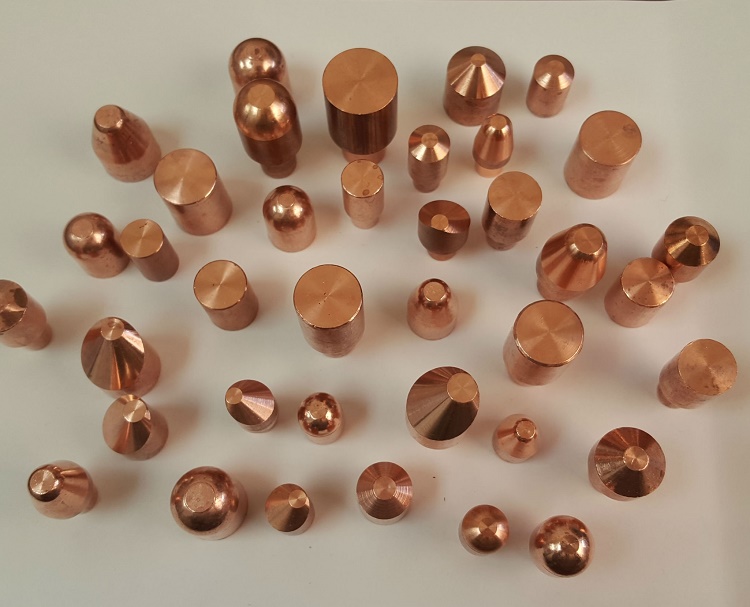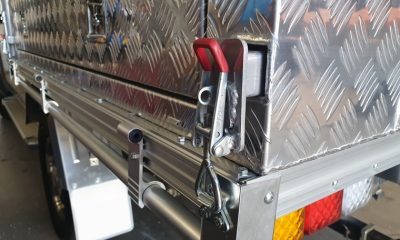Spot welding is one of the most popular methods for welding galvanized steel, stainless steel, low carbon steel, titanium, and copper. It can weld wire mesh, sheet and mild cold rolled steel sheet metal. This method involves generating heat directly at the interface, and it relies on the heat from the metal’s resistance to flow of electric current. You might hear some people refer to spot welding as a form of resistance welding, which utilises two sharp copper spot welding electrodes which are used to deliver a small current to particular sight. This creates a current between the two metal pieces being welded together, melting them, thus joining them together. The process is quick enough to not cause any warping.
Due to the fact that spot welders are extremely versatile, you don’t need to be too picky about the type of welder you choose. Spot welders come in a wide range of prices, which can be confusing because some high priced welders have similar specs to those that come at a lower cost. Spot welding units can either be industrial liquid cooled or air-cooled. To make sure you buy the right welding gun for this purpose, explore your specific needs – the types of metals you’ll be welding and their thickness.

Furthermore, you have to consider the spot welding electrodes material and geometry. The right electrode will improve the mechanical, electrical and thermal performance of the weld, so it’s in your best interest to get the right one. Copper- and refractory-based materials are recommended. The materials that electrodes are made of are divided into three groups. The first group includes copper alloys – 99% copper and 1% cadmium and 99.2% copper 0.8% chromium are the general purpose ones from this group – they’re suitable for spot welding of maximum metals and production seam. The second group includes metal composites and refractory metals, while the third group includes special materials.
For instance, hard sheets, like stainless steel, require more electrode force and lower welding current. For that reason, it’s better to use electrodes made of materials from the third group, such as alloys of nickel, copper, and silicon. Refractory metals like tungsten with copper, molybdenum, and tungsten are better for projection welding, due to the fact that the electrode contact area is three times the size of the weld, and the materials feature lower conductivity and more hardness.













You must be logged in to post a comment Login